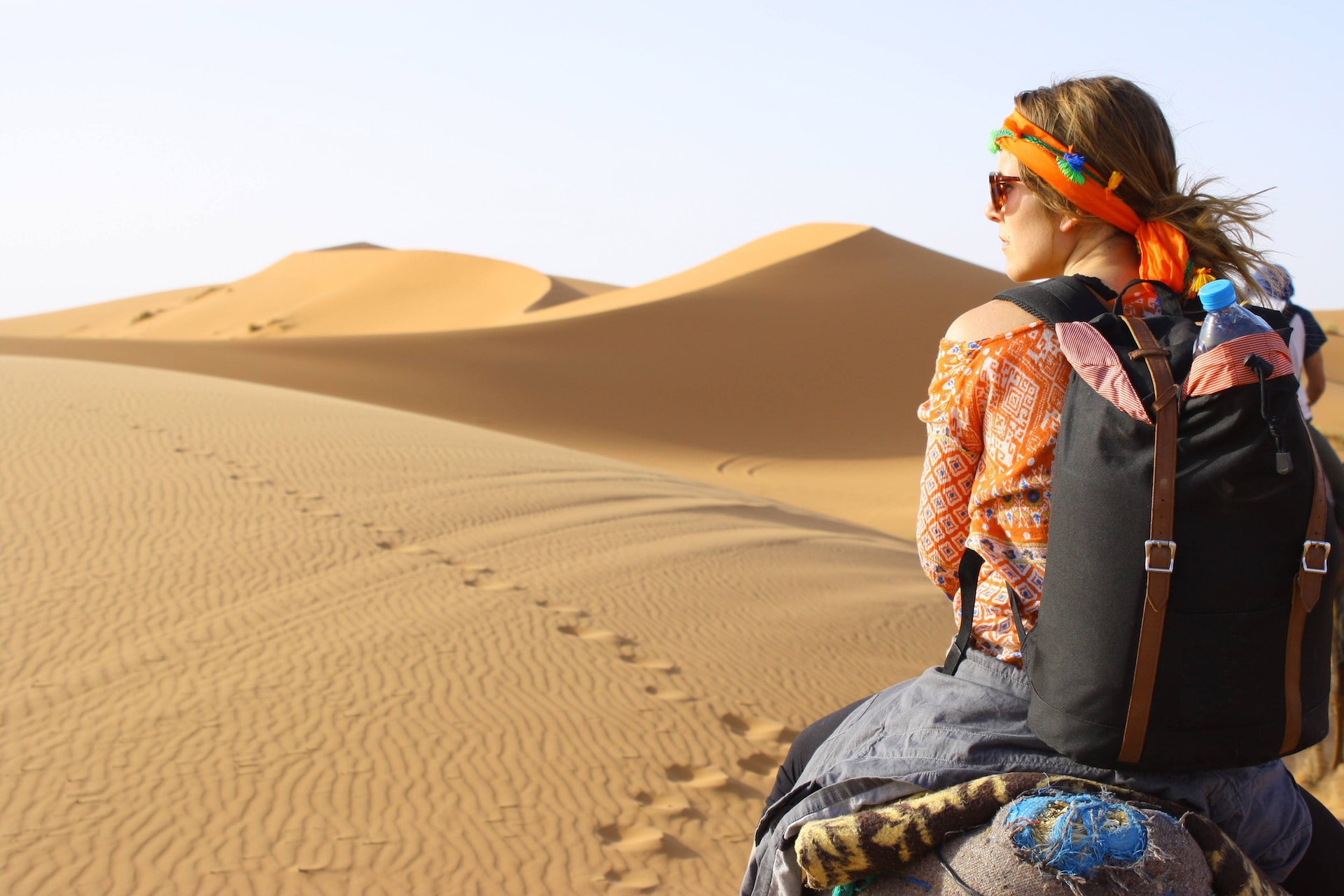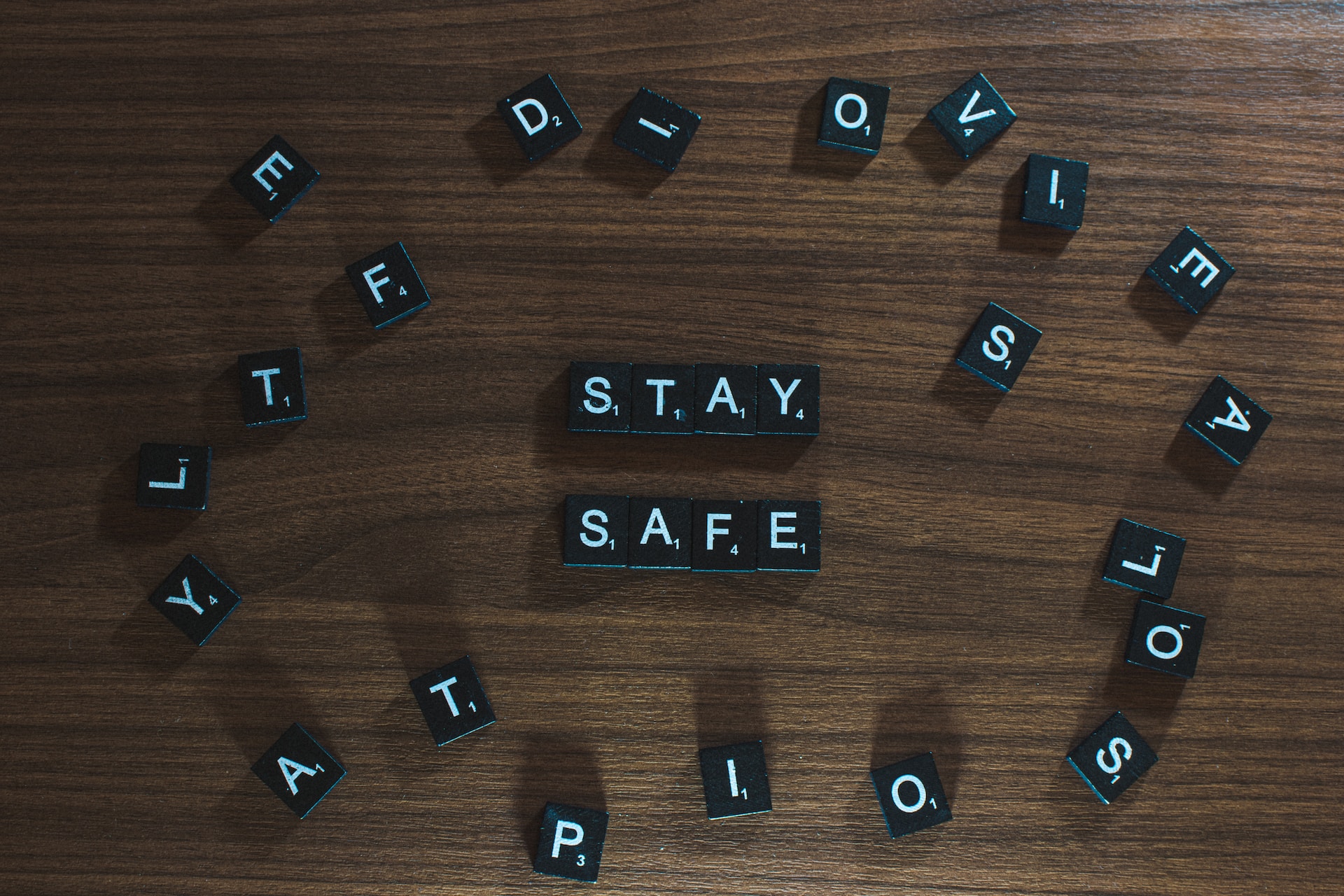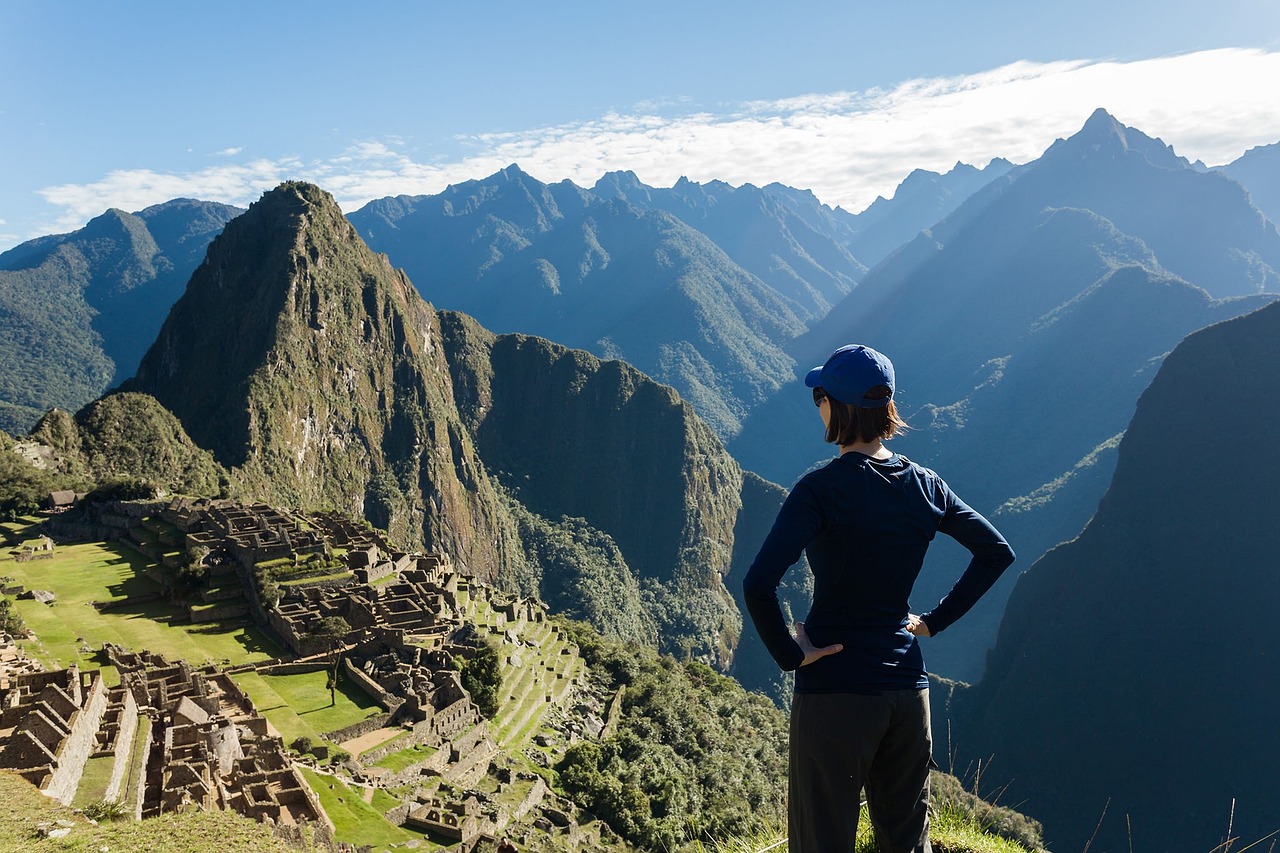Welcome to the vast and mesmerizing Sahara Desert, a land of extremes where breathtaking landscapes, scorching temperatures, and unique challenges await intrepid travelers. Desert trekking in the Sahara is a journey like no other, but it demands proper gear and preparedness. In this guide, we’ll delve into the essential gear and clothing required to ensure a safe and unforgettable experience in this iconic desert.
Understanding the Sahara Desert
The Enigmatic Sahara
The Sahara Desert, spanning over 3.6 million square miles across North Africa, is the largest hot desert on Earth. Its remarkable diversity includes towering sand dunes, rocky plateaus, and vast, arid plains. The Sahara’s climate is known for its unforgiving extremes, from scorching daytime temperatures to chilly desert nights.
Printable Desert Trekking Packing List
Essential Gear and Clothing
Sun Protection
The Desert’s Unrelenting Sun
The Sahara’s relentless sun requires robust protection. Equip yourself with:
- Wide-Brimmed Hats: Choose hats with broad brims to shield your face and neck from the sun’s rays.
- Sunglasses: Opt for sunglasses with UV protection to safeguard your eyes.
- Sunscreen: A high SPF sunscreen is your armor against intense UV rays. Brands like Neutrogena and Sun Bum offer reliable options.
Hydration
Thirst Quenching in the Desert
Staying hydrated is paramount in the desert. Consider:
- Water Reservoirs: High-capacity water reservoirs are essential for carrying a sufficient water supply.
- Water Bottles: Sturdy, reusable water bottles are handy for sipping on the go. Brands like CamelBak and Nalgene are trusted for their durability.
Clothing
The Right Outfit for Desert Adventures
Choosing the appropriate clothing is pivotal for comfort and safety:
- Lightweight Fabrics: Opt for lightweight, breathable fabrics that wick away moisture to keep you cool.
- Long-Sleeved Shirts and Pants: Covering up provides added protection against the sun and desert winds.
- Reputable Brands: Consider clothing from trusted brands like Columbia, ExOfficio, and Patagonia.
Footwear
Solid Footing in the Sands
Your choice of footwear can make or break your trek. Focus on:
- Hiking Boots or Trail Shoes: Sturdy and comfortable footwear is essential. Brands like Merrell, Salomon, and Keen are renowned for their desert-ready options.
- Socks: Opt for moisture-wicking socks to keep your feet dry and prevent blisters.
Tents and Sleeping Gear
Shelter and Comfort in the Sahara
Secure shelter and a good night’s sleep with:
- Lightweight Tents: Compact tents designed for desert use offer shelter from the elements. Brands like MSR, Big Agnes, and REI Co-op have suitable options.
- Sleeping Bags and Pads: Look for sleeping bags and pads appropriate for desert conditions. Brands like Therm-a-Rest and Marmot offer reliable choices.
Staying on Course in the Desert
Navigating the vast desert safely involves:
- GPS Devices: Carry GPS devices to ensure you’re on the right track.
- Satellite Communicators: Satellite communicators like Garmin and inReach provide a lifeline to the outside world.
- Maps and Compass: Always have paper maps and a compass as backup navigation tools.
Food and Cooking
Culinary Survival in the Sahara
Sustenance in the desert requires careful planning:
- Lightweight Cooking Equipment: Compact stoves and cookware are essential for preparing meals.
- Dehydrated Meals: Dehydrated meals are lightweight, nutritious, and easy to prepare. Brands like Jetboil and Mountain House offer suitable options.
First Aid and Safety
Health and Safety in Remote Lands
Prioritize your well-being with a comprehensive first aid kit:
- First Aid Supplies: Include supplies to handle common desert-related injuries.
- Emergency Response Plan: Develop a plan for emergencies, including communication and evacuation.
Conclusion
Desert trekking in the Sahara is a remarkable adventure, but it’s not to be taken lightly. Proper gear, clothing, and preparedness are your allies in this journey. Prioritize safety, stay hydrated, and respect the desert’s harsh beauty. With the right essentials and knowledge, your Sahara trek will be an unforgettable experience.
“The desert tells a different story every time one ventures on it.”
— Robert Edison Fulton Jr.
Additional Tips and Resources
- Stay updated on local weather conditions and heed any warnings.
- Learn basic desert survival skills, including finding water sources and seeking shade.
- Travel with a group for added safety and support.
- Check local regulations and obtain necessary permits for desert trekking.
Embark on your Sahara adventure with confidence and reverence for this awe-inspiring natural wonder. The Sahara is waiting, and with the right gear and knowledge, it will reward you with an adventure of a lifetime.
FAQ
Is it safe to trek in the Sahara Desert?
Trekking in the Sahara can be safe if you’re well-prepared and informed. It’s crucial to have the right gear, follow safety guidelines, and consider traveling with an experienced guide for added security.
How much water should I carry in the Sahara?
The amount of water you should carry depends on factors like the temperature, the length of your trek, and your exertion level. As a general rule, plan for at least one gallon (4 liters) of water per day per person in hot desert conditions.
What should I do if I get lost in the Sahara?
If you get lost, try to retrace your steps and follow any familiar landmarks. If that’s not possible, stay put, conserve your energy, and signal for help using signaling devices or satellite communication if available. Always inform someone about your trekking plans before heading into the desert.
Are there dangerous animals in the Sahara?
The Sahara is relatively devoid of large dangerous animals. However, there are venomous snakes and scorpions, so be cautious when handling rocks or logs, and shake out your footwear and clothing before wearing them.
Can I trek in the Sahara alone?
While it’s possible to trek alone, it’s safer to go with a group or hire an experienced local guide who knows the area, its challenges, and can navigate you through the desert safely.
What’s the best time of year to trek in the Sahara?
The Sahara can be scorching during the summer months, so it’s advisable to trek in the cooler fall, winter, or early spring. Check local weather conditions and plan your trip accordingly.
How can I protect myself from sandstorms in the Sahara?
To protect yourself from sandstorms, wear goggles, a scarf, or a shemagh to cover your face and protect your eyes. Seek shelter if possible, and ensure your gear and equipment are well-secured.
Can I use a regular GPS device in the Sahara?
While regular GPS devices can work in the Sahara, it’s a good idea to use a GPS device designed for outdoor adventures, which often come with preloaded maps and enhanced durability for rugged conditions.
Are there medical facilities in the Sahara?
Medical facilities in the Sahara are limited, so it’s crucial to have a well-stocked first aid kit and basic medical knowledge. Ensure you have a communication device for emergencies and know how to contact local authorities or emergency services if needed.
How can I find reputable guides for Sahara treks?
To find reputable guides, research local tour operators with experience in desert treks. Read reviews, ask for recommendations, and ensure they have the necessary permits and qualifications for guiding in the Sahara.
Remember, trekking in the Sahara requires careful planning and preparation. Before embarking on your adventure, make sure you’ve done your homework, acquired the right gear, and are aware of the challenges and safety measures needed for a successful and memorable desert journey.
What is desert trekking?
Trekking in the desert is a unique experience that is more accessible than it appears… By using the services of a local tour operator or guide, you are sure to be able to disconnect and contemplate the breathtaking landscapes. (Source: forclaz.co.uk)
Can you hike in the desert?
Start Early or Late. Many native desert animals are nocturnal for good reason. In the summer, midday temperatures reach well over 100 degrees, and most deserts offer few shady respites. It’s best to avoid hiking between 10:00 AM and 4:00 PM, so start your activities early or just go out for an evening walk. (Source: wildlandtrekking.com)
How long is the Sahara Desert trek?
This five day trek covers 100km passing through Morocco’s forbidding landscape punctuated by peaks, gorges, dunes and oases. (Source: charitychallenge.com)
Can you hike in the Sahara Desert?
Hiking the Sahara Desert is like nowhere else, and the desert truly makes for a slow travel experience. Desert hiking offers a real sense of space and remoteness, especially when witnessed from the tops of the vast dune fields. (Source: wildmorocco.com)
What is trekking vs hiking?
Hiking is a shorter, easier journey, commonly walked on looped marked trails, to-and-back, or even destination hikes. Trekking always involves a specific destination. A trekking path goes through different, often rough terrains and requires more equipment and preparedness of the person doing it. (Source: mayamaya.ch)
How do you train for a desert trek?
If you’re not used to exercising, begin with a fifteen minute walk every other day and gradually increase it by five or ten minutes, so by the end of week three, you can manage an hour or so. (Source: globaladventurechallenges.com)
What food is good for desert hiking?
Trail mix. Nuts, seeds, nut-based bars or nut butter packs. Fresh, whole fruit that doesn’t require refrigeration such as apples, bananas and oranges. Dried or freeze-dried fruits and veggies. (Source: eatright.org)
Should you walk in the desert at night?
If you have to walk through the desert, only try and do so during the night if you can. This will reduce the chances of you becoming dehydrated, and will save your body around three litres of water per day. (Source: winfieldsoutdoors.co.uk)
How hard is it to cross the Sahara desert?
If you want to defeat the Sahara Desert, you need to train. And train smart. The trek requires long hours of walking, often in extreme heat, so you’ll need to have the stamina, strength and mental toughness to keep going in difficult conditions. (Source: fearnaught.uk)
Where is the safest place to visit the Sahara desert?
The dunes that we usually recommend for our travelers the Erg Chebbi dunes, near Merzouga. They are in Southeastern Morocco and are very safe. (Source: experienceittours.com)
Can you sleep in the Sahara desert?
If you’ve ever wanted to sleep in the sands of the Sahara desert and get back to nature, your dreams can become a reality with Desert Luxury Camp. Across two sites located in Erg Chebbi and Erg Chigaga, you can sleep under the stars in several types of luxury tent. (Source: desertluxurycamp.com)
Is it safe to camp in the Sahara desert?
If you mean camping in the Sahara desert in Morocco, the simplest answer is yes, but where and where is the safest. Wherever the famous Moroccan Sahara lies, there are authentic and luxurious camps run by hospitable local Bedouins. (Souce: desertmoroccoadventure.com)
How many days does it take to walk the Sahara desert?
Expect to learn how to deal with extreme heat and survive in the desert, what gear to bring, how to acclimatize to the temperature and how to stay hydrated during the five-day journey, as well as some Fear Naught-approved tips and tricks for walking across the Sahara Desert – the hottest trek in the world. (Source: fearnaught.uk)
How cold is Sahara at night?
By sunset, most of the heat from the day has dissipated, and temperatures have dropped. The average nighttime temperature in the Sahara Desert is 25 degrees Fahrenheit (-4 degrees Celsius). (Souce: vedantu.com)



